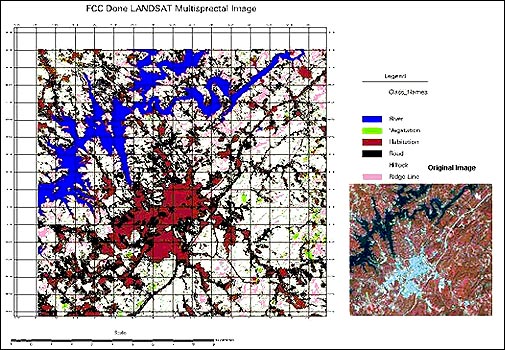Urban GIS
The forces and processes of technological development, globalization and population growth accelerate the dynamics of urbanization process in the developing country.

- This could be visualized by the percentage of people living in the urban area has been increased from 14% to 45% between the year 1900 to 1993, and it is expected to increase to about 61% by the year 2025 among the total world population.
- Number of cities also increase, as there were only 83 cities in 1950 with a population of more than one million and 34 of them in the developing country, and today there are around 280 of such a settlement in the world and expected to double by the year 2015. Roughly 150,000 people are added to the urban population of developing countries every day.
- This trend is also holds good for mega cities (defined as a city with a population exceeding 8 million). There were only two in 1950 (New York, with a population of 12.3 million, and London, with 8.7 million).
- By 1990, there were 21 mega cities, 16 of them in the developing world. In the year 2015, there will be 33 mega cities, 27 in the developing world (WRI-96). Thus, the ever increasing, biophysical environment of the city. Hence the city becomes less natural / livable with lots of environmental problems, cumulatively it changed the global environment system.










